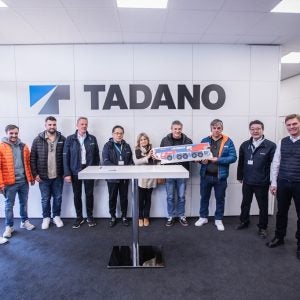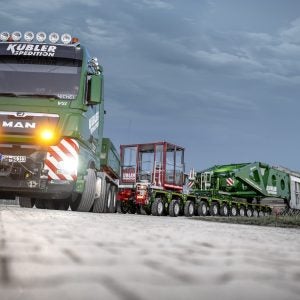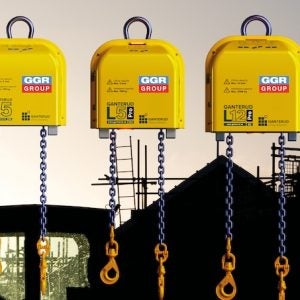The CPCS was launched in 1996 to provide a nationwide card scheme with a clear link to competence testing. It was designed as a replacement for the CTA scheme, run by the Construction Industry Training Board, and linked to the NVQ (National Vocational Qualification) system. With major contractors demanding CPCS cards on all of their sites, it is a vital part of the UK construction and crane industry.
New operators under the scheme receive a red card, indicating that they have undergone initial training; after three years, they must be assessed for a blue card, renewable every five years, which shows that they have been assessed to NVQ standard. NPORS, which runs its own card scheme that does not insist contractors are assessed to NVQ standard, had faced accusations of conflict of interest from other CPCS members.
Paul Daniels, NPORS procedure manager, explained the decision to leave CPCS: “The old CTA scheme provided cards on the basis of a signature from a manager or supervisor – there was no testing. CPCS accepted transfer with no testing beyond basic health and safety. Of 110-115,000 blue cards, less than 1,000 have an NVQ attached. We were putting our names to a card that’s supposed to be competence based, but isn’t.”
Trevor Gamble, chairman of the CPCS management board, refutes this: “Every plant operator who transferred from CTA to a CPCS blue card was assessed on every category on their card – no one held a card on grandfather rights. This was a pukka assessment, carried out by a registered provider, not a paper exercise.”
Part of the problem has been a paucity of NVQ-accredited providers. As major contractors and housebuilders have begun to insist that operators carry a CPCS card, the numbers of people who will, at some point, need to transfer to a blue card has increased – by 2,000 a month, according to Gamble, with 72,000 operators currently holding red cards. However, Mick Norton, former Federation of Piling Specialist representative on the CPCS board and training manager at Roger Bullivant, points out there are only 60 NVQ-accredited providers in the country, and says the main stakeholders in the CPCS “seem impotent to provide a solution – what are they doing?”
Daniels cites a new one day NVQ assessment as a sign that CPCS is failing to ensure that operators are properly assessed on their competence. Ian Fisher, director, Ainscough Training Services, disagrees. “It’s misleading to paint the one day NVQ as a shortcut: candidates must come to it with a huge amount of work behind them. For an experienced crane operator, rather than going through a long course, they’ll sit down one on one with an assessor. They’ll describe their experience, backed up with evidence, and demonstrate their skills in the cab.”
Fisher lays the blame for the shortage squarely on the shoulders of the training providers: “NPORS have a commercial interest here – training brings in three times the money that NVQ assessment does. As a provider, you have a moral obligation to convert training into an NVQ.”
Gamble says the CPCS is tackling this. A pilot scheme will monitor 500 red cardholders who need to move up to their red card, and identify any problems they face. Daniels has criticised this program, saying the CPCS has taken months to find candidates. Gamble replies that the program has been delayed, but by the problem of identifying funding when some of the candidates won’t be covered by the UK industry’s training levy scheme, and that the CPCS is now receiving responses from potential candidates at a ‘pleasing’ rate of up to 100 a day.
On the supplier side, Gamble says that a recent CPCS roadshow has seen many providers who were reluctant to offer NVQ assessment now signing up to do so. At the same time, he predicts that pressure from employers, and an insistence that operators working carry a card, will mean that providers who only offer initial training, but not NVQ, will not be able to run viable businesses.
Gamble concludes, “We’re here to ensure that operators are trained to work in a safe and efficient manner, with the aim of reducing accident – that’s what’s important, not anything else.”






